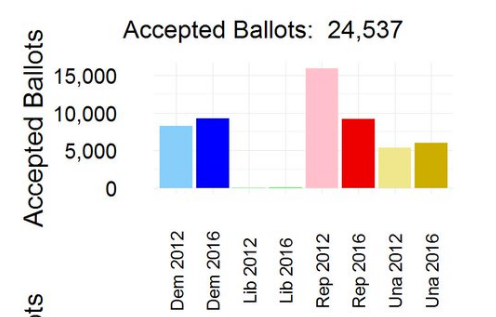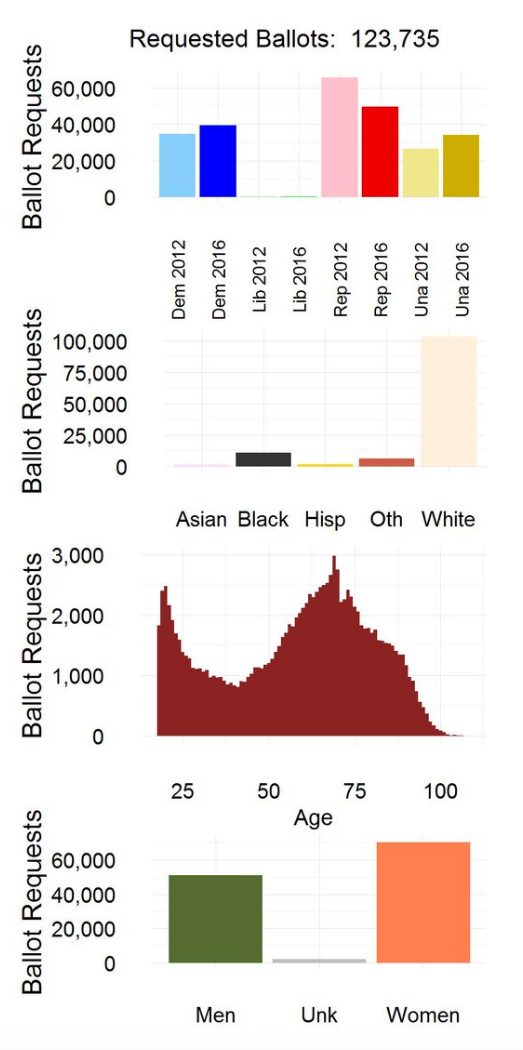California has a delightful climate and beautiful scenery. As a result, rich people like me want to live there, despite its poor governance. But for the working class, it’s an entirely different story. Here’s an interesting piece on the Latinos in Texas by Joel Kotkin and Wendall Cox:
Much of this rapid demographic shift stems from, again, Texas’s opportunity urbanism. Though many of the newcomers—along with “Tejanos,” native Texas Latinos—are poor and often not well educated, they’re much better off economically than their counterparts in New York, Los Angeles, or Miami. Texas’s vibrant industrial and construction sectors, in particular, have provided abundant jobs for Latinos. In 2015, unemployment among Texas’s Hispanic population reached just 4.9 percent, the lowest for Latinos in the country—California’s rate tops 7 percent—and below the national average of 5.3 percent.
Texas Latinos show an entrepreneurial streak. In a recent survey of the 150 best cities for Latino business owners, Texas accounted for 17 of the top 50 locations; Boston, New York, L.A., and San Francisco were all in the bottom third of the ranking. In a census measurement, San Antonio and Houston boasted far larger shares of Latino-owned firms than did heavily Hispanic L.A.
In Texas, Hispanics are becoming homeowners, a traditional means of entering the middle class. In New York, barely a quarter of Latino households own their own homes, while in Los Angeles, 38 percent do. In Houston, by contrast, 52 percent of Hispanic households own homes, and in San Antonio, it’s 57 percent—matching the Latino homeownership rate for Texas as a whole. That’s well above the 46 percent national rate for Hispanics—and above the rate for all California households. (The same encouraging pattern exists for Texas’s African-Americans.)
California and Texas, the nation’s most populous states, are often compared. Both have large Latino populations, for instance, but make no mistake: Texas’s, especially in large urban areas, is doing much better, and not just economically. Texas public schools could certainly be improved, but according to the 2015 National Assessment of Educational Progress—a high-quality assessment—Texas fourth- and eighth-graders scored equal to or better than California kids, including Hispanics, in math and reading. In Texas, the educational gap between Hispanics and white non-Hispanics was equal to or lower than it was in California in all cases.
Though California, with 12 percent of the American population, has more than 35 percent of the nation’s Temporary Assistance for Needy Families welfare caseload—with Latinos constituting nearly half the adult rolls in the state—Texas, with under 9 percent of the country’s population, has less than 1 percent of the national welfare caseload. Further, according to the 2014 American Community Survey, Texas Hispanics had a significantly lower rate of out-of-wedlock births and a higher marriage rate than California Hispanics.
In California, Latino politics increasingly revolves around ethnic identity and lobbying for government subsidies and benefits. In Texas, the goal is upward mobility through work. “There is more of an accommodationist spirit here,” says Rodrigo Saenz, an expert on Latino demographics and politics at the University of Texas at San Antonio, where the student body is 50 percent Hispanic. It’s obvious which model best encourages economic opportunity.
So California takes in millions of Hispanic immigrants and gives them welfare. Texas takes in millions of Hispanic immigrants and gives them jobs. (Fun fact, both California and Texas are exactly 37.6% Hispanic–only New Mexico is higher.)
Critics of the Texas model made three points. First it was propped up by the oil industry. That might once have been true, but is no longer the case. Indeed Texas continues to draw in migrants from all over the country, despite the oil bust. Second, that it is simply a “sunbelt” story. That’s false, the good Sunbelt climate is in the southeast and southwest. The other (hot and humid) south central states do not show the fast population growth that we see in Texas.
The third argument is that some of the social indicators are not so hot. But people who look more closely at the data generally find that various educational and income statistics in Texas are quite good, if you control for ethnicity and cost of living. (Non-Hispanic whites in Texas are a minority, a much lower share of the population than in most other states, which explains why average incomes in Texas are not all that high. But adjusted for cost of living, they are above lots of other states that have lower percentages of blacks and Hispanics. That’s pretty impressive.)
So I encourage people to move to Texas, if you can’t afford California.
PS. And yes, zoning reforms in California would really help.




